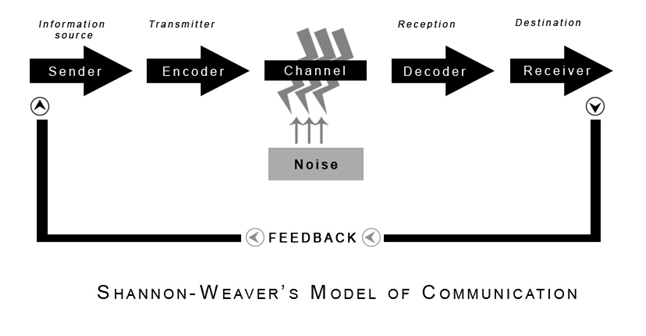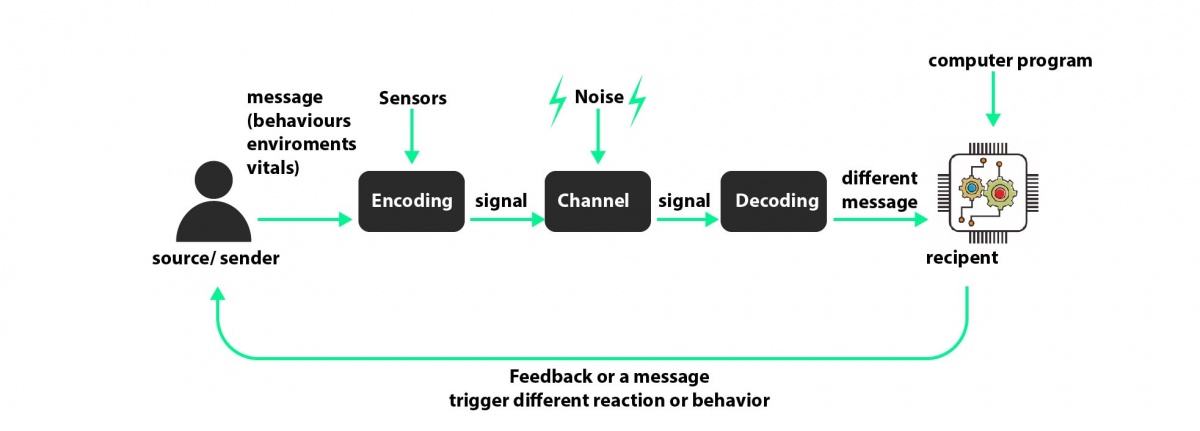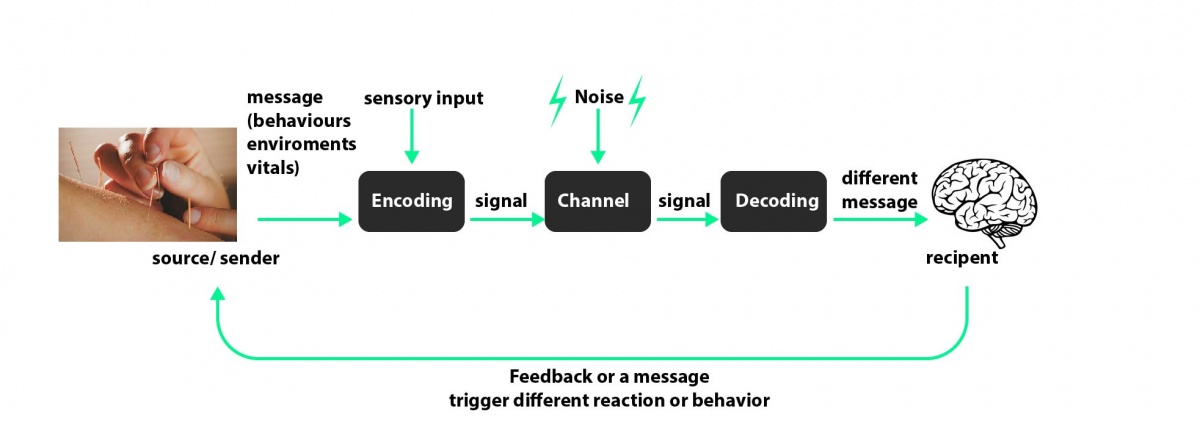Difference between revisions of "Trans/humanism-TransformationDesign-2020"
| Line 26: | Line 26: | ||
[[File:Communication-models-03.jpg|1200px]]<br><br><br> | [[File:Communication-models-03.jpg|1200px]]<br><br><br> | ||
| + | '''Can we create new senses for humans? | David Eagleman''' | ||
| + | |||
| + | {{ev#:youtube|https://www.youtube.com/watch?v=4c1lqFXHvqI}} | ||
| + | <youtube>https://www.youtube.com/watch?v=4c1lqFXHvqI> | ||
='''Peripheral Sensing'''= | ='''Peripheral Sensing'''= | ||
Revision as of 12:57, 13 January 2020
PLANNING:
Week01 - kick-off Inside the "black box"
Week02 - Basic arduino circuits
Week03 - Sensors overview
Week04 - Arduino input to output → Sensors & actuators
Week05 - D&D Week
Week06 - from concept → realization - Arduino interfacing with MaxMSP or Processing (Tutorials Week)
Week07 - Realization Week (Tutorials Week)
Week08 - Presentation Week
kick-off
when you see an interactive work, don't you wonder about what actually happens in an interactive project? and how information was detected, delivered, processed and output or feedback to the viewers?
1. The Shannon and Weaver Model of Communication
It is known as the “mother of all models” because of its wide popularity. The model is also known as ‘information theory’.
The Shannon and Weaver Model named after:
Claude Shannon was a mathematician from the United States.
Warren Weaver was an electrical engineer from the United States.
The Shannon-Weaver theory was first proposed in 1948, and this model still applicable today.
Can we create new senses for humans? | David Eagleman
Template:Ev <youtube>https://www.youtube.com/watch?v=4c1lqFXHvqI>
Peripheral Sensing
skin as an interface:
https://duoskin.media.mit.edu/
http://lingql.com/reality-mediators/
what are communication and interaction in an interactive project?
and how information and commands are delivered?
1. The Shannon and Weaver Model of Communication

2. Interaction
Electricity circuit closed circuit or open circuit Resistance Series Vs. Parallel Basic Components Resistors capacitors diodes transistors LEDs switches Integrated Circuits Batteries buttons Potentiometers Breadboards wires
https://www.instructables.com/id/Basic-Electronics/
5.
http://www.kobakant.at/DIY/?p=7943
https://hackaday.com/2017/10/29/hi-res-body-sized-pressure-sensor-mat/
Sensor overview:
Digital and analog sensors:
a list:
sound :
Arduino Sound Sensor Control
https://www.youtube.com/watch?v=setjiVH0_IY
Make your own Spy Bug (Arduino Voice Recorder)
https://www.youtube.com/watch?v=ts-JqEVzvDo
Heart Rate Sensor:
http://wiki.seeedstudio.com/Grove-Ear-clip_Heart_Rate_Sensor/



